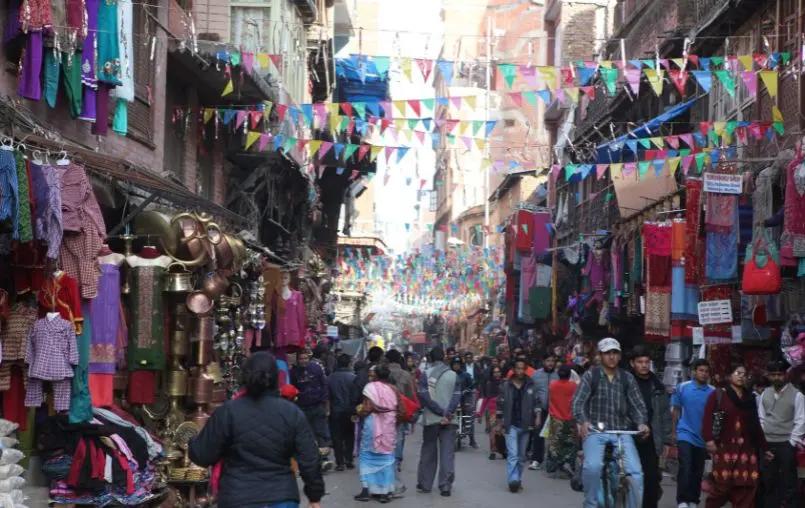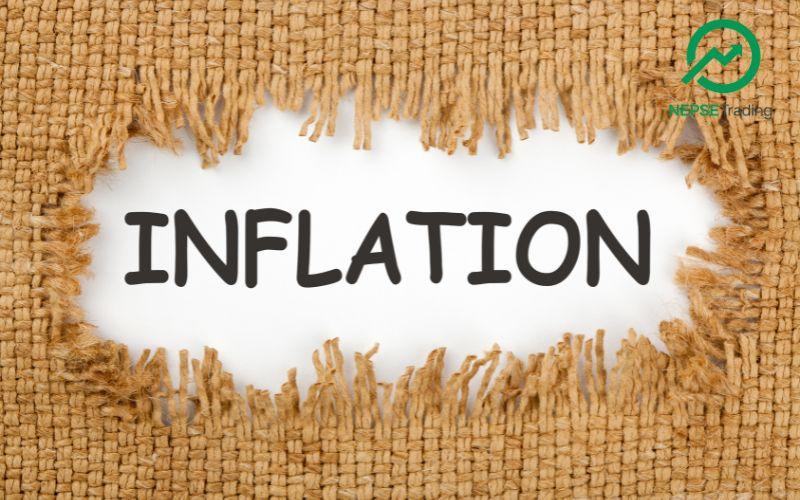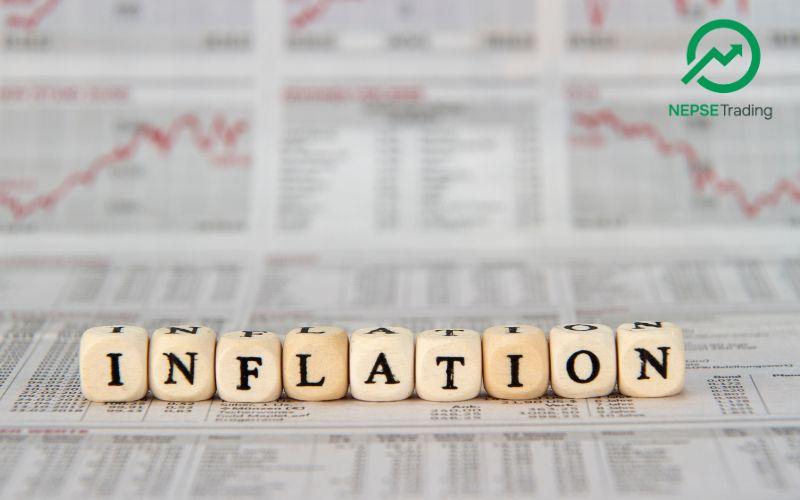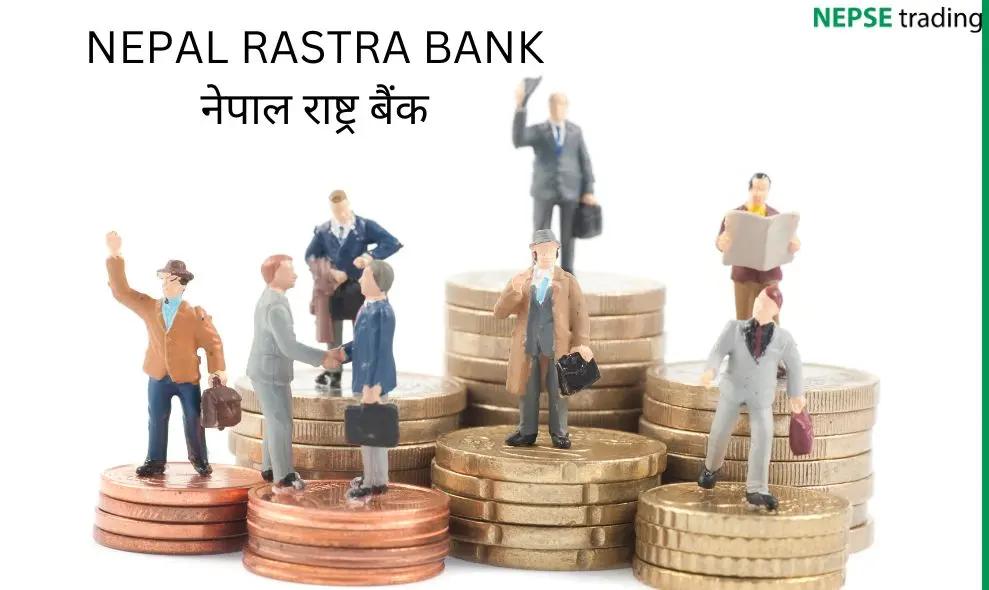By Dipesh Ghimire
Price Growth Varies Across Ecological Belts as Non-Food Inflation Rises but Food Prices Decline Nationwide

Nepal’s consumer price inflation shows clear regional differences, with the latest ecological belt–wise Consumer Price Index (CPI) indicating that non-food inflation is rising across the country, while food and beverage prices have fallen in most regions. According to the data for mid-October 2025 (Asoj 2082), the overall CPI reached 106.27, reflecting a 1.47 percent increase from the previous year and a 0.50 percent rise from the previous month. The modest increase signals that consumer inflation remains relatively stable, but the composition of price changes varies widely across Kathmandu Valley, the Terai, Hill, and Mountain regions.
The data exposes a striking divergence between food and non-food categories. Across all ecological zones, food and beverage prices have declined year-on-year, while non-food and service items have become more expensive. This pattern suggests that improved agricultural supply and stable food imports have kept food inflation under control, while services, transportation, utilities, and household items continue to exert upward pressure on overall inflation.
In Kathmandu Valley, the CPI increased to 106.06, marking a year-on-year inflation of 1.43 percent. However, food and beverage prices decreased by 3.50 percent, dropping from 109.48 to 105.65. Analysts attribute the decline to better market supply, efficient inventory management, and improved logistics in the Valley. In contrast, non-food and service prices rose by 3.39 percent, driven by higher housing rents, health service costs, and increased education and transportation expenses. The Valley’s inflation trend shows that urban households are feeling less pressure from food but more from non-food essentials.
The Terai region recorded an overall CPI of 106.70, reflecting a 1.29 percent annual rise. Similar to Kathmandu, food and beverage prices in the Terai dropped sharply by 3.08 percent, marking a significant reduction due to higher agricultural output, increased supply from local farms, and easier access to cross-border imports. However, non-food and services in the Terai surged by 4.18 percent, one of the highest in the country. The rise is linked to the growing cost of services, transportation, and household goods in Bharatpur, Birgunj, Janakpur, and Nepalgunj, where commercial activities have expanded post-pandemic.
In the Hill region, overall inflation rose to 105.62, representing a 1.50 percent increase from last year. Food and beverage prices fell by 1.32 percent, reflecting good harvest seasons and smoother supply chains. However, non-food and services increased by 3.12 percent, driven by higher prices of clothing, footwear, education services, and household utilities. The Hill region’s inflation structure resembles Kathmandu and the Terai, showing a nationwide trend: food inflation is cooling while service-sector inflation is heating up.
The Mountain region experienced the most pronounced rise in inflation, with the CPI climbing to 106.65, marking a 2.33 percent year-on-year increase, the highest among all ecological belts. Food and beverage prices decreased by 1.92 percent, but non-food and service items surged by 5.15 percent, the strongest increase of any region. Mountain districts—such as Dolpa, Humla, Jumla, and Mugu—often face higher transportation costs due to difficult terrain and limited connectivity. Rising fuel prices and increased freight charges have made non-food items more expensive in these regions, contributing to the noticeable inflation rise.
Across all ecological belts, the common theme is clear: food inflation is negative, while non-food inflation is rising steadily. This reflects improved domestic agricultural production and stable food imports, while service-sector inflation is fueled by higher costs in health care, education, utilities, rent, and transportation. Economists warn that although overall inflation remains modest, the rise in non-food inflation could affect household budgets, especially in Mountain and Terai regions where non-food expenditure shares are increasing.
The national CPI trend indicates that Nepal is moving toward a period of broad price stability, but regional disparities remain significant. While central and eastern regions enjoy better market access and competitive pricing, remote western and mountainous districts experience higher logistics costs, resulting in stronger inflation pressures. Policymakers may need to focus on transportation infrastructure, market integration, and reducing service-sector costs to ensure inflation remains manageable across all regions.









